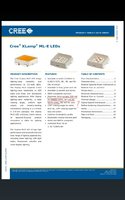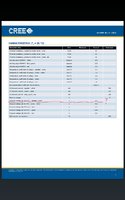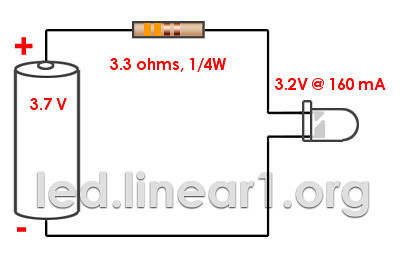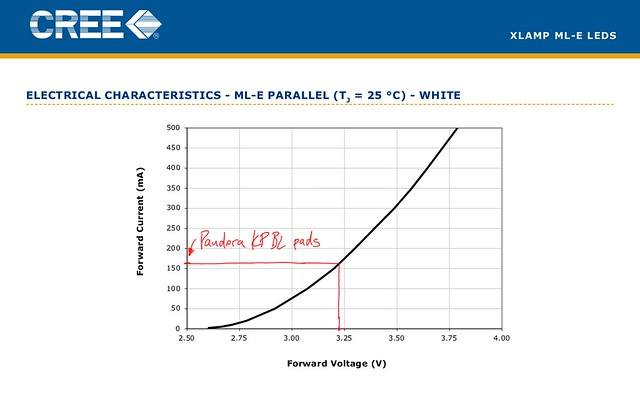Thanks for your replies!
The LED I've used was running fine just with PWM controlled values (thanks WizardStan, I completely forgot it's PWM) when kept low, no overheating or high mA draining (checked with SystemInfo PND). But I thought it might be good to define some treshold on HW level.
Here are the full specs of LED:
http://www.cree.com/...ng/XlampMLE.pdf
The reason why I decided for this LED are marked in attached pictures. Also the size and form factor decided.
I can't get my head around which values are relevant when only one LED is in the circuit, parallel or serial?
Edit:
@MWeston + WizardStan: After reading your tips slowly and carefully and viewing the forward current graph in the LED documentation I conclude that no resistor is needed, am I correct? It seems that LED can stand voltages slightly above 3.7V and up to 500 mA. The problem is that it gets hot when PWM values are above 80-150. Is there a HW way of limiting mA/V so the LED can't fry it's surrounding when PWM 255 is fed into the pads?
If it's not possible or the circuit design gets more complex I can live happily with PWM control only. It works and the light is blinding already at PWM values around 40. For reading in dark room the values from 5-10 are absolutely sufficient.



The LED I've used was running fine just with PWM controlled values (thanks WizardStan, I completely forgot it's PWM) when kept low, no overheating or high mA draining (checked with SystemInfo PND). But I thought it might be good to define some treshold on HW level.
Here are the full specs of LED:
http://www.cree.com/...ng/XlampMLE.pdf
The reason why I decided for this LED are marked in attached pictures. Also the size and form factor decided.
I can't get my head around which values are relevant when only one LED is in the circuit, parallel or serial?
Edit:
@MWeston + WizardStan: After reading your tips slowly and carefully and viewing the forward current graph in the LED documentation I conclude that no resistor is needed, am I correct? It seems that LED can stand voltages slightly above 3.7V and up to 500 mA. The problem is that it gets hot when PWM values are above 80-150. Is there a HW way of limiting mA/V so the LED can't fry it's surrounding when PWM 255 is fed into the pads?
If it's not possible or the circuit design gets more complex I can live happily with PWM control only. It works and the light is blinding already at PWM values around 40. For reading in dark room the values from 5-10 are absolutely sufficient.



Last edited by a moderator:




